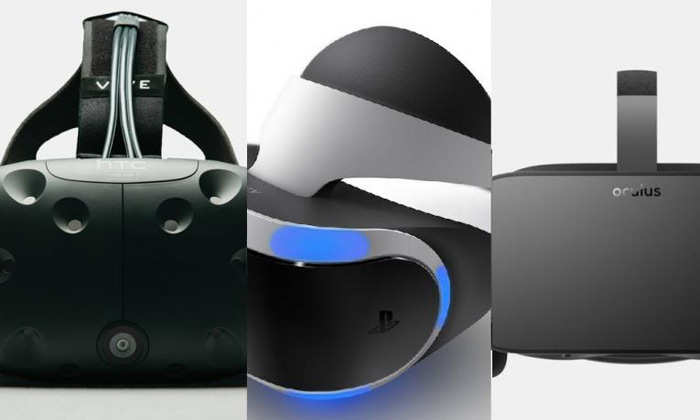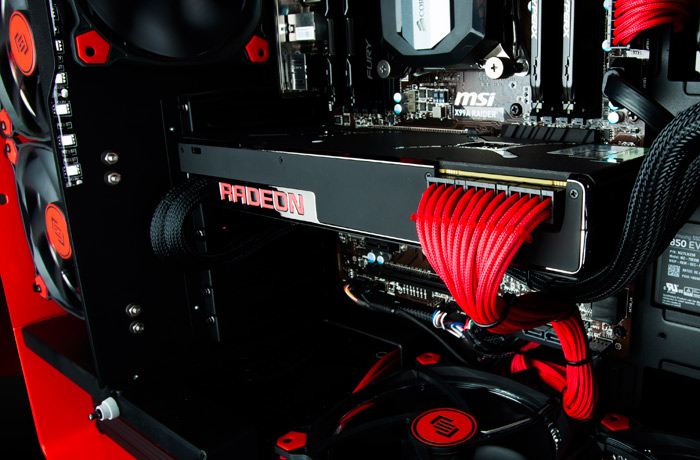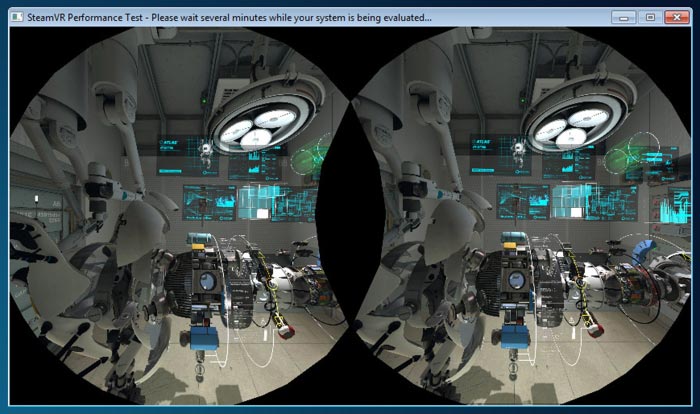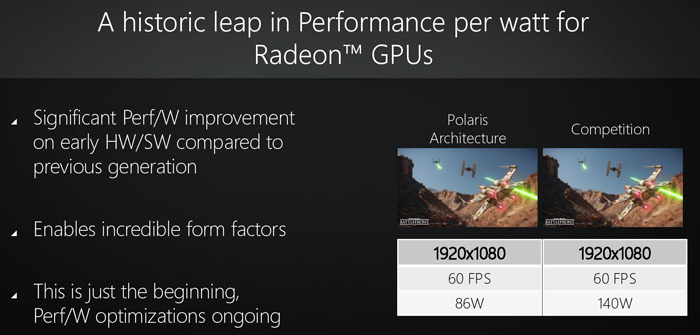AMD dominant in VR market share
It looks like AMD has snatched an early lead in what many tip to be a one of the biggest drivers for graphics processor sales in the coming months: creating the technology to power Virtual Reality (VR) systems. According to Jon Peddie Research (data published 11th March 2016), AMD powers 83 per cent "of the total addressable market for dedicated VR HMDs".

Raja Koduri, senior vice president and chief architect, Radeon Technologies Group, AMD claimed that "AMD continues to be a driving force in virtual reality". In explaining AMD's dominant market share Koduri added "We're bringing the technology to more people around the world through our efforts to expand the VR ecosystem with VR i-Cafés in China, new Oculus Rift and HTC Vive headsets, and a wide variety of content partners in gaming, entertainment, education, science, medicine, journalism and several other exciting fields." It must also be noted that, if you look at the JPR survey data, the VR-capable devices in the figures include the millions of next-gen consoles with AMD processors.
Previously AMD's Roy Taylor had estimated the firm's VR Market Share as being 78 per cent. A VR system is defined by AMD and JPR as an "X86 computing platform and headset".
AMD's GPU certified program for VR
Today AMD announced a new GPU certified program which allows OEMs, system builders, and AIB partners to easily signal expected VR performance of systems. There are two tiers of certification being readied, the 'Radeon VR Ready Premium' and the 'Radeon VR Ready Creator' solutions.

'Radeon VR Ready Premium' signifies a system which will deliver "exceptional VR experiences with the Oculus Rift and HTC Vive headsets". Such systems are equipped with Radeon R9 290-class graphics cards and higher and other suitable performance components. An example of a 'Radeon VR Ready Premium' system is the HP ENVY Phoenix, which we discovered was a 'Vive-Optimised' PC a week ago.
A 'Radeon VR Ready Creator' solution signifies that it offers "the ultimate performance for both content creation and consumption for VR professionals". These solutions will come with graphics cards such as the Radeon Pro Duo, launched today, and other newer cards in this range. They will be incredibly powerful systems with AMD's LiquidVR SDK installed.
Polaris 10 GPU running Valve's Aperture Science Robot Repair demo
At GDC 2016 AMD took the opportunity to tease its next generation VR-optimised GPU hardware. The demonstration centred around Valve's recently released Aperture Science Robot Repair demo. Running the demo, AMD employed one of its forthcoming Polaris 10 GPU built on the 14nm FinFET process and purportedly optimized for DirectX 12 and VR, and bringing HDR monitor graphics compatibility.

Earlier lab test results are said to show that AMD's next generation Polaris 10 chip "delivers up to 2X performance per watt compared to GeForce GTX 950". In a lab-based benchmark on AMD's test system (consisting of an Intel Core i7 4790K running at 80 per cent power limit with 4x4GB DDR3 memory modules at 1600Mhz and a 120GB SSD) the Polaris 10 system matched an Nvidia GeForce GTX 950 system frame for frame. Both systems were tested using the Star Wars Battlefront X-wing Training Map, using FRAPs. Using the Med Preset @1080p both systems scored 60fps but the AMD Polaris engineering sample system consumed 86W (with driver 15.30 beta) while the GTX950 system consumed 140W (with driver 358.87).














